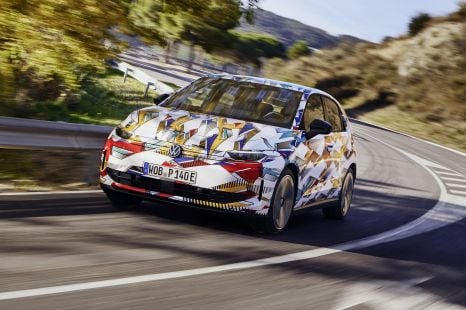

William Stopford
Volkswagen ID. Polo: Electric city car detailed, but petrol power not dead yet
5 Days Ago
Volkswagen currently doesn't offer its most efficient engines in some of the cars it sells in Australia. That could be set to change.

Contributor


Contributor
Volkswagen is planning to bring its cleanest, most modern engines to Australia “as soon as possible” – and the introduction of fuel and emissions standards is to thank.
“We have the engines, we can finally bring them,” Volkswagen Australia managing director Michael Szaniecki told CarExpert.
Exactly what that looks like hasn’t been confirmed, although a Volkswagen Australia spokesperson confirmed “if it’s not within this generation, it’ll be as soon as possible”.
The Golf and T-Roc 110TSI sold in Australia feature a version of the 1.4-litre engine from the last Golf under the bonnet, mated with an eight-speed torque converter – in contrast with the newer, more efficient 1.5-litre engine and dual-clutch combination offered in Europe.
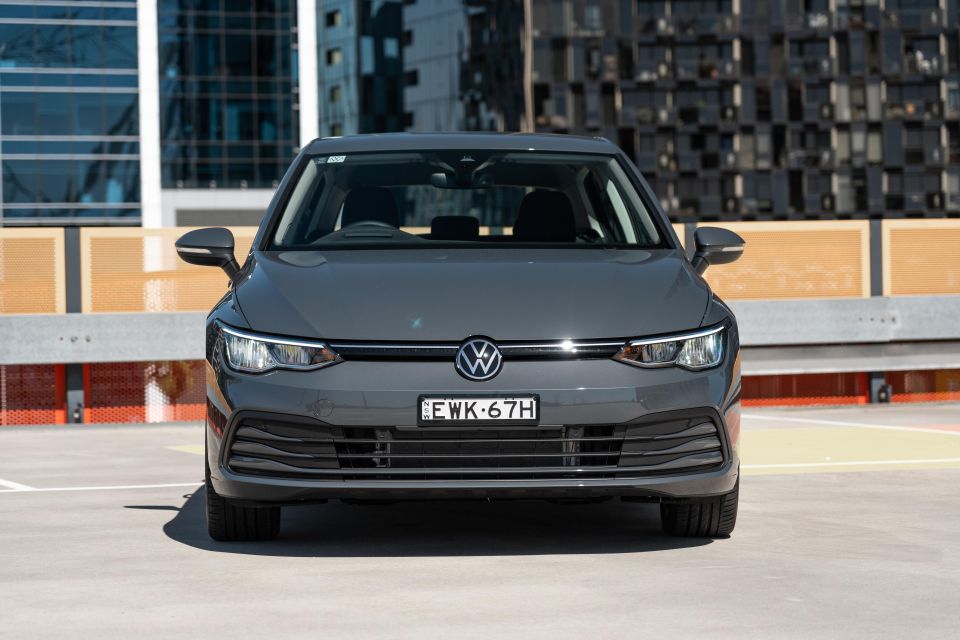
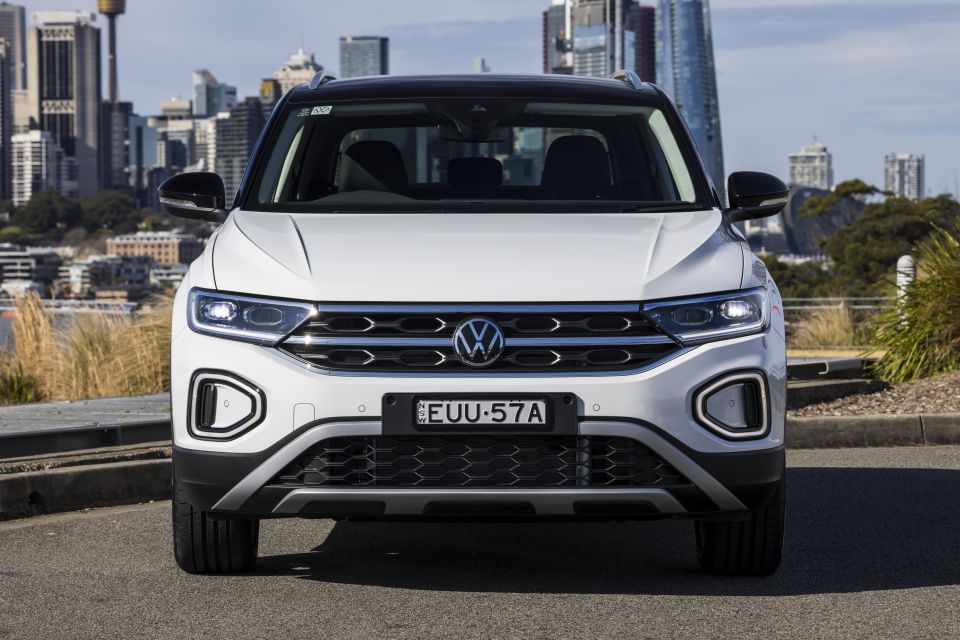
Why? The newer engine features a petrol particulate filter, designed to catch the most harmful pollutants from an engine before they’re emitted into the environment.
They’re a necessity to meet the latest European emissions standards, but aren’t required in Australia – where we don’t currently have binding emissions standards for carmakers.
The amount of sulphur allowed in our 91 RON and 95 RON unleaded also means owners run the risk of clogging their PPF unless they fuel with the most expensive 98 RON premium unleaded.
In more affordable cars such as the Golf and T-Roc, the brand has told media the risk of owners trying to save money by fuelling with cheaper unleaded is too high, ruling its newest powertrains out for Australia.
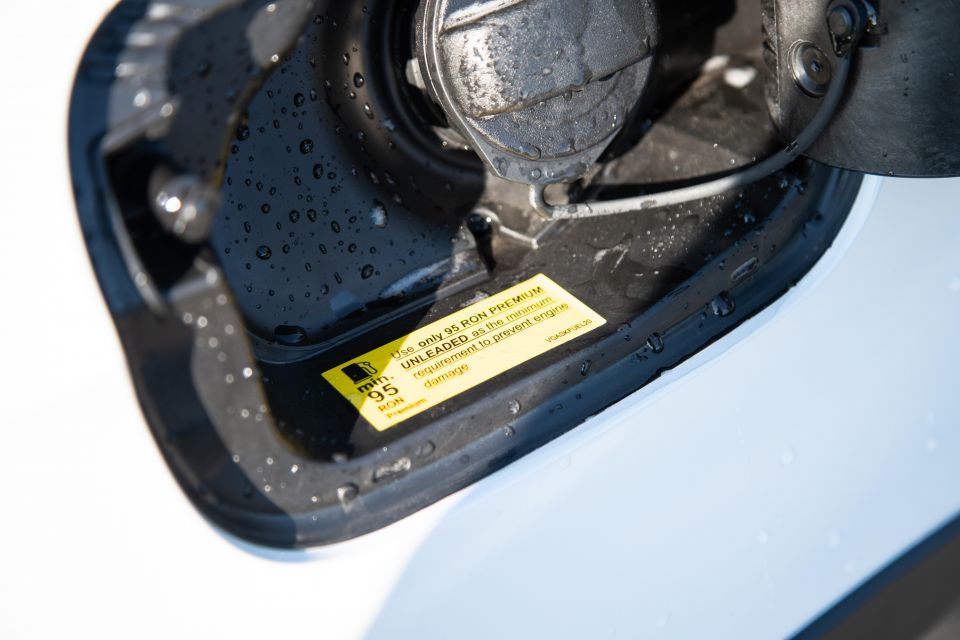
An updated Golf is set to launch globally late this year or early in 2024; its arrival in Australia would be a logical time to bring a new powertrain Down Under.
The T-Roc, however, has recently been facelifted and still features the 1.4-litre and torque converter combination. It’s less likely to pick up the newer powertrain in the near future, given no significant model updates are due in the near future.
When new fuel standards come into force on December 15, 2024, the sulphur content of Australian fuel will be capped at 10 parts per million regardless of whether you opt for 91, 95, or 98 RON unleaded.
Currently, 91 RON is allowed to contain up to 150ppm, 95 RON is allowed to contain up to 50ppm, and 98 RON is capped at 10ppm.
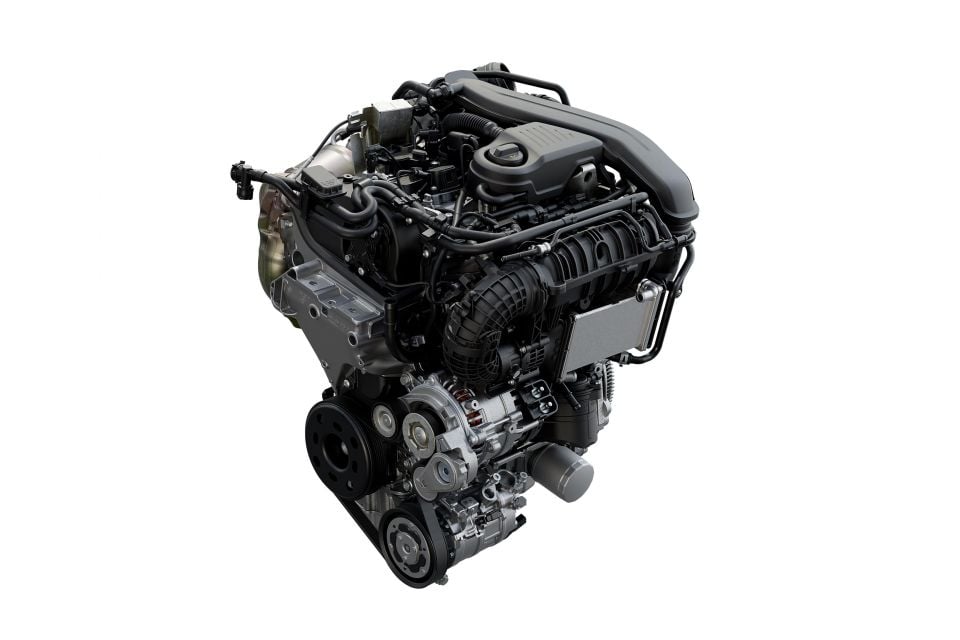
Although newer engines featuring more technology tend to be more expensive, Mr Szaniecki said it’s possible the more efficient powertrains won’t necessitate a price hike due.
He told CarExpert our cars “unfortunately, have to be pretty customised” relative to other markets on the production line right now.
Switching to the same powertrains offered in Europe would “reduce the complexity for our market”, meaning it’s “potentially less expensive” to homologate newer engines for Australia.
Where expert car reviews meet expert car buying – CarExpert gives you trusted advice, personalised service and real savings on your next new car.
Scott Collie is an automotive journalist based in Melbourne, Australia. Scott studied journalism at RMIT University and, after a lifelong obsession with everything automotive, started covering the car industry shortly afterwards. He has a passion for travel, and is an avid Melbourne Demons supporter.


William Stopford
5 Days Ago
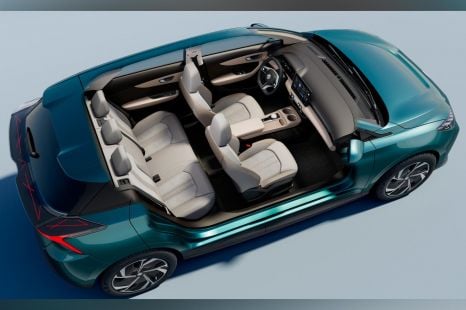

William Stopford
6 Days Ago
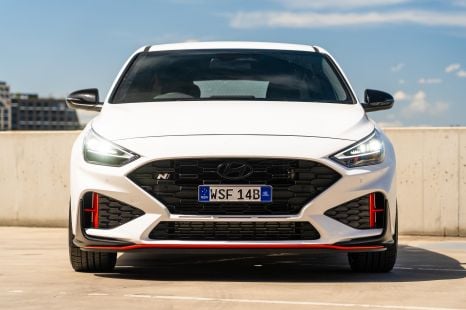

William Stopford
12 Days Ago
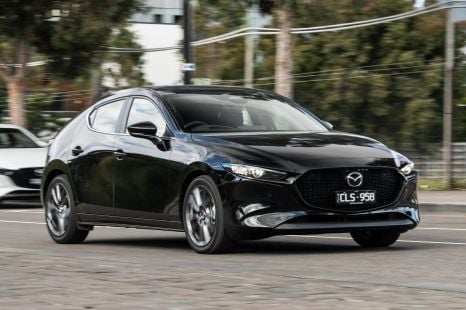

Josh Nevett
21 Days Ago
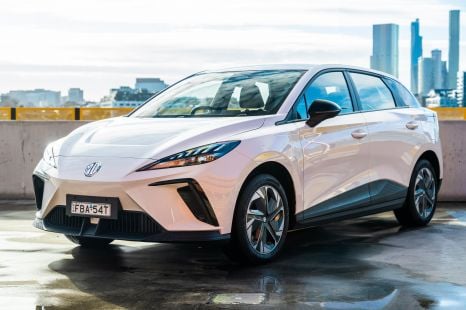

William Stopford
1 Month Ago
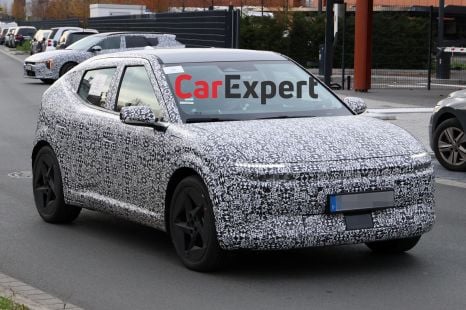

William Stopford
2 Months Ago